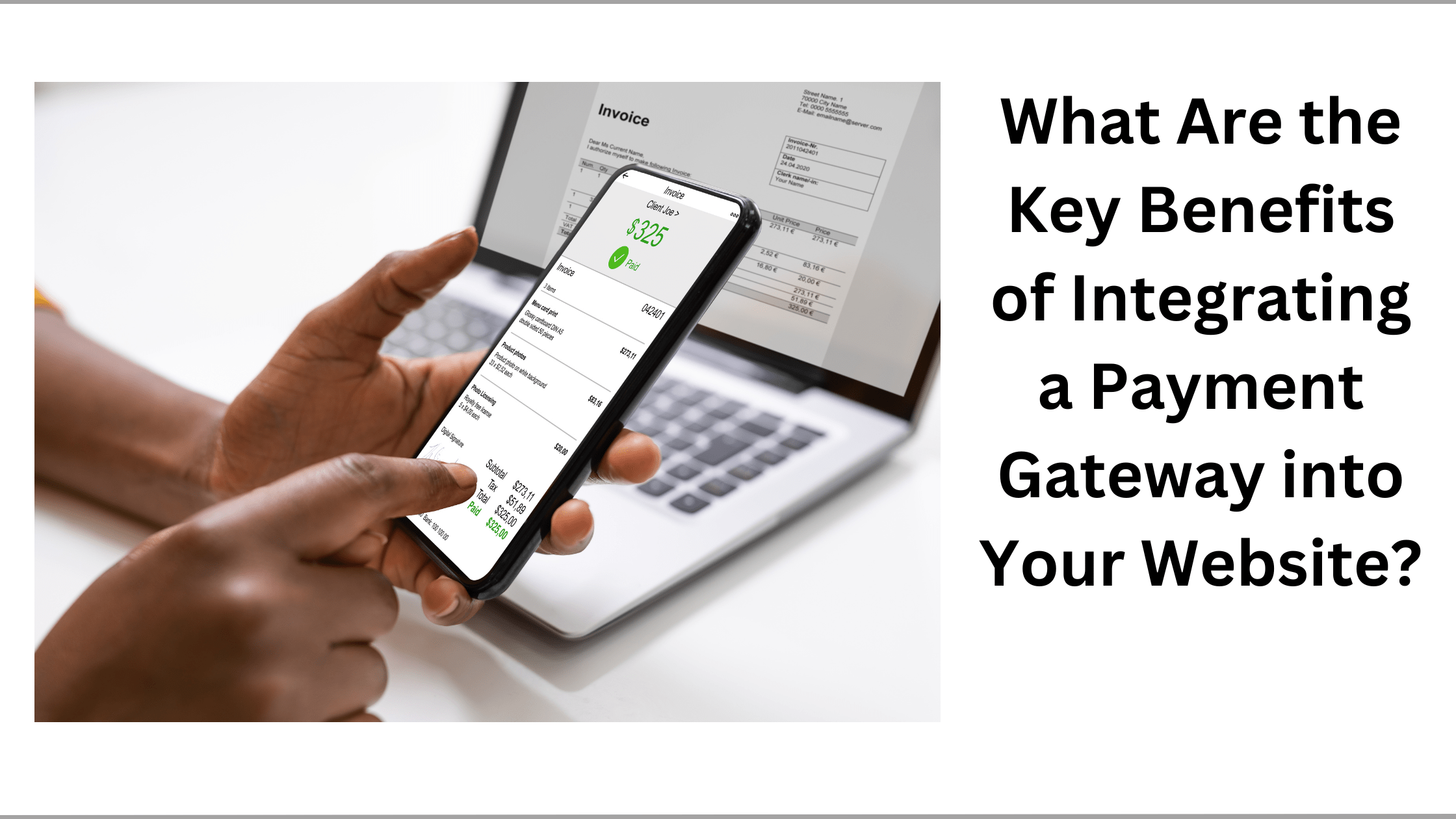The worldwide e-commerce sector is predicted to reach US$8 trillion by 2026. This means that merchants who currently accept customer payments or plan to accept them in the future will need to actively plan how they want their payment systems built and managed from scratch. This initiates with comprehending what online payments are.
One of the most critical parts of e-commerce payment processing is the payment gateway, which provides flexibility, security, and efficacy in online transactions. It has several benefits, including but not limited to improved customer experience, enhanced operational efficiency and robust security measures, scalability capabilities, and global reach.
If you are a company in its early stages or an e-commerce brand that is already established, payment gateway integration will be helpful for you. Here is what you should understand regarding them.
What is a Payment Gateway?
A deal channel is a web-based application that businesses employ to securely handle customer cash transfers via debit or credit cards, digital purses, and bank transfers. It is part of the payment network for electronic transactions.
A payment gateway plays an interconnecting role in facilitating online sales between a business’ website and its website development serviceprovider. This way, when any customer buys something, it will be transported to the processor’s secure payment page and processed; this is done after securing their payment information from external threats. An online transaction begins at the payment gateways and ends as customers learn that their orders have been successful.
How does a Payment Gateway Work?
A payment gateway acts as an intermediate between the business’s website and the bank with which the customer has a credit card, known by either the issuance bank or the issuer. It is a complex, multi-step process that ensures the transaction is secure, exact, and efficient. Payment gateways are necessary for transferring funds and protecting sensitive customer information.
Here is how it works:
- Data gets encrypted first. When a customer makes an order on a website, they enter their credit card details, which are immediately encoded by the web browser. This piece of encrypted data then moves to the vendor’s web server. SSL (Secure Socket Layer) ensures this data remains safe during this phase.
- The secure order information is sent to the payment gateway integration after the data is encrypted and sent. From here, they send this encrypted data via a secure SSL connection to the business’s processor.
- Then, we encounter the stage of transaction processing, where data about transactions is sent to a credit card network by a company’s payment processor, which then transmits it to customers’ banks with cards issued.
- Initiating an authorization request is step four for this payment processor. In response, an authorization request goes from the processing unit to the issuing bank. This code may indicate approval for a transaction or decline due to insufficient funds or a lost or stolen card.
- Order fulfillment is the final step of this process, and it involves ensuring that all orders are received by the right customers and delivered promptly. The payment gateway acquires confirmation from the customer’s bank or credit card company that the expense has been consented. The payment gateway then forwards this response to the business’s interface, typically its e-commerce platform or website. You can only consider that payment was processed after such an event. Following this, they can now go ahead and fulfill their order.
Despite being a very long procedure, it takes place almost instantaneously. Security of sensitive financial information is not just about transacting through a payment gateway. Additionally, contemporary payment gateway integration provides extra functionalities, like fraud screening on orders before processing them and calculating taxes instantly during purchase transactions.
Benefits of Using a Payment Gateway
Payment gateways have many advantages that can help increase operations efficiency and enhance businesses’ customer experience. Here is an overview of the main benefits:
Better Customer Experience
A payment gateway responds to these requirements by modern customers anticipating perfect flexibility, easiness, and simplicity from their shopping process. Payment gateways enable shoppers to make payments at any time using any device. It not only makes the customer’s life easier but also enhances the lifetime value LTV of a client, which refers to the total net profit received from one consumer by a company. A successful payment gateway integration experience leads to customer loyalty, resulting in multiple purchases and long-term relationships with such customers.
Better security
Payment gateways employ tight security measures to shield sensitive client details. These use highly advanced encryption technology and safe protocols to secure data like credit card numbers and prevent possible fraud and data leakages. Moreover, some payment gateways have installed high-quality anti-fraud systems that monitor all transactions for unusual activities. Such elaborate protection methods ensure customers’ loyalty and faith in the payment system.
Faster Processing
Pay Portals can process payments at an incredible pace compared with manual methods. This allows customers to check out quickly and businesses to complete sales faster, enhancing their revenue and cash flow with the help of website developers.
Going Global
A payment gateway is invaluable for businesses wanting to become global. Many payment gateways can handle multiple currencies so businesses can serve customers in different countries. This feature is particularly beneficial for companies that sell internationally as it enables them to take payments in the domestic currency of their buyers. This feature enhances the customer’s shopping experience and significantly contributes to a business’s attempt at global expansion.
Payment gateways ensure more than just online transactions; they improve a business’s overall performance. Thus, they are essential tools in e-commerce as they offer more secure and efficient transactional processes, enhance customer experience, and facilitate worldwide coverage.
Avoid Transaction Mistakes
Customers or businesses can make many mistakes. This includes incorrect transaction amounts and destination account numbers, which are standard in non-automated payment processing.
For that reason, these systems confirm the transaction’s accuracy and real-time verification. Acknowledging its success comes immediately to consumers and businesses after the transaction, thereby saving time and eliminating the need for further error correction.
Manage Cash Flow Well
With payment gateway integration, you can process transactions automatically and faster than manual processing.
Because of this benefit, cash would be received faster, hastening the sales cycle and improving liquidity. You can use this liquid capital to immediately restock or expand your product range to support the growth of your business.
Conclusion
Today’s online businesses cannot survive without payment integration solutions. We have discussed this before, but it bears repeating that it is not an option; it is necessary to survive in the highly competitive market today that entrepreneurs underpin their activities with unflawed and safe transaction processing. In other words, if there are no problems during payment, user satisfaction will increase, and shopping cart abandonment rates will lessen.
On top of that, a robust payment gateway integration builds confidence and encourages customer loyalty, resulting in recurring customers. Those who enjoyed smooth checkout processes are more likely to return later for purchases and sales at ecommerce stores. In addition to these, these integrations also guarantee security through comprehensive protection measures like advanced encryption technologies and detection systems against internet gangsters. Any violation can completely spoil a business’s reputation and destroy consumer trust.






 United States
United States United Kingdom
United Kingdom India
India Canada
Canada Singapore
Singapore















![10 Benefits of the Internet of Things You Should Know [2025]](https://www.appstory.org/wp-content/uploads/2025/03/ATS-10-Benefits-of-the-Internet-of-Things-You-Should-Know-2025@2x-80x60.png)




















